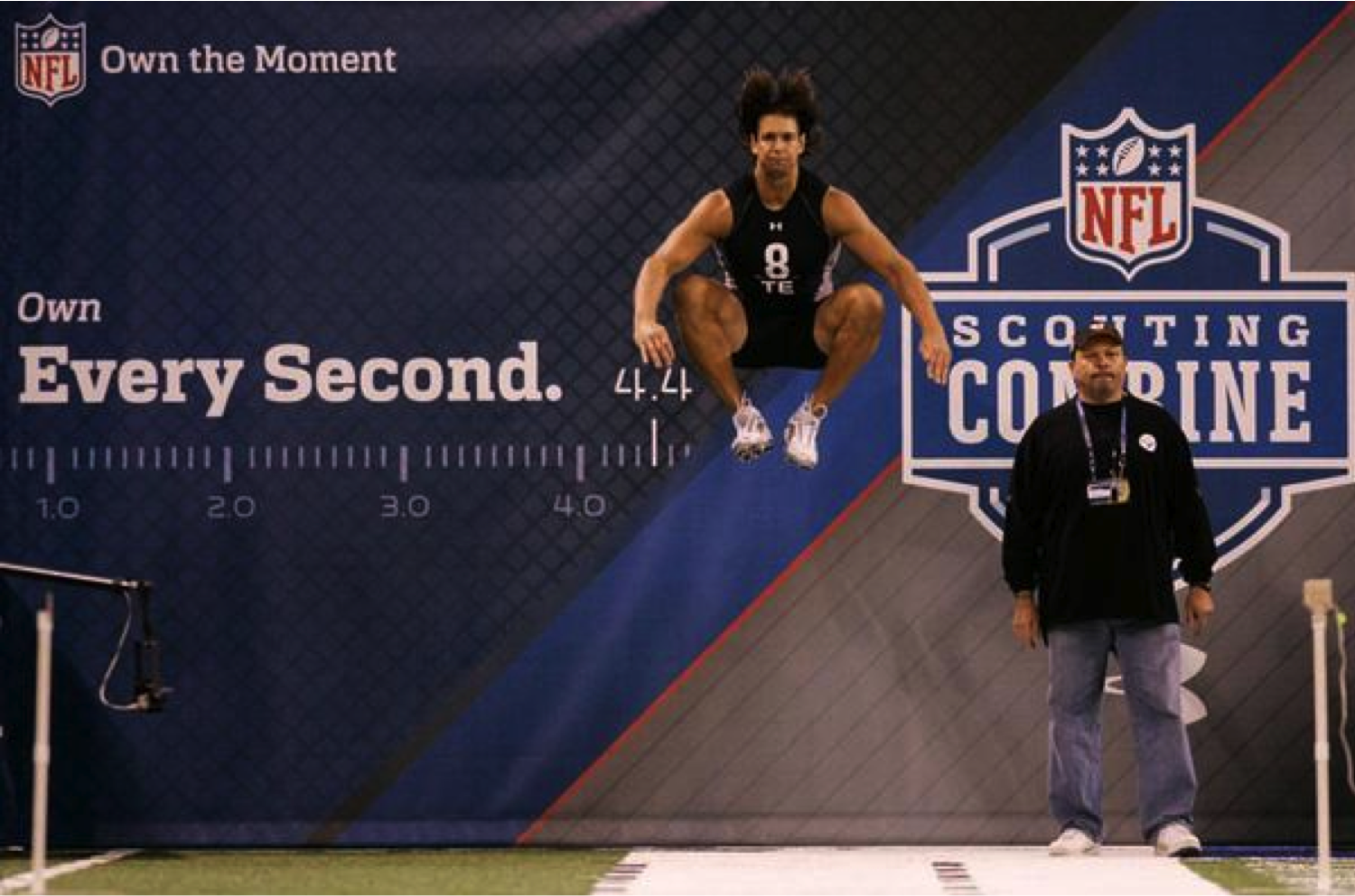 Is sales gamification unhealthy? It certainly can be. In his most recent Inc. piece, 3 Ways to Keep Sales Gamification Healthy, LevelEleven CEO Bob Marsh offers advice on how to avoid such an occurrence.
Is sales gamification unhealthy? It certainly can be. In his most recent Inc. piece, 3 Ways to Keep Sales Gamification Healthy, LevelEleven CEO Bob Marsh offers advice on how to avoid such an occurrence.
Here’s an excerpt, with the three tips he offers:
1. Don’t just run sales competitions. Use them to coach the team.
Simply running competitions via leaderboards around the office isn’t going to effect beneficial change in your sales environment. You need to get conversations going with a positive spin, by asking salespeople questions like: “You should be rocking this leaderboard, so what’s going on there?”
A well-executed competition can also inspire reps to open the lines of communication themselves. Let’s say a usually lethargic sales rep knocks on your door and says, “I’m not okay with being at the bottom of the leaderboard. Can you give me some advice?” Since the competition motivates a critical sales behavior–like moving prospects to a key stage in the sales funnel–you answer by doing more than just coaching that rep to win. You teach your team sales strategies and share insights.
Sound ideal? Publicly display leaderboards, keep your door open, and you can expect it. The Monterey Company, a California-based lapel pin company, can attest to that. Two weeks into its first competition, the rep at the bottom of the leaderboard approached Paul Stark, the company president, to ask for help moving up. Stark offered ongoing coaching from there, and the rep took his advice seriously. The rep didn’t win that specific contest, but he continued using what he had learned long after the competition had concluded.
2. Open opportunities for peer mentorship.
There will be times when reps just don’t feel comfortable approaching their superiors for advice. That doesn’t mean they won’t seek mentorship elsewhere. Sales gamification can inspire reps to approach their top-performing peers for coaching, too.
For example, say low-performing reps hesitate to take a new product to market. They’re nervous to pitch it until they see colleagues higher on the leaderboard selling it. When reps see that a new product can be sold successfully, they’ll ask those top performers for tips and tricks, generally becoming more comfortable with the task at hand.
3. Restructure competitions as needed.
Don’t limit your gamification strategy with one-size-fits-all designs, in which all team members compete against each other time and time again. If you do, the primary product of the competition will be burnout.
Instead, break up competitions according to performance levels. The most basic way to do that is to create three different versions of a contest–one for top performers, one for middle-level performers and one for bottom-level performers.
With this structure you won’t have reps at the bottom of the leaderboard staring at the same faces that consistently dominate the top and thinking: I have no chance to win, so why should I even try? Rather, individuals will compete against others on their level, which will help to raise everyone to levels higher than they would reach in a one-size-fits-all competition.



